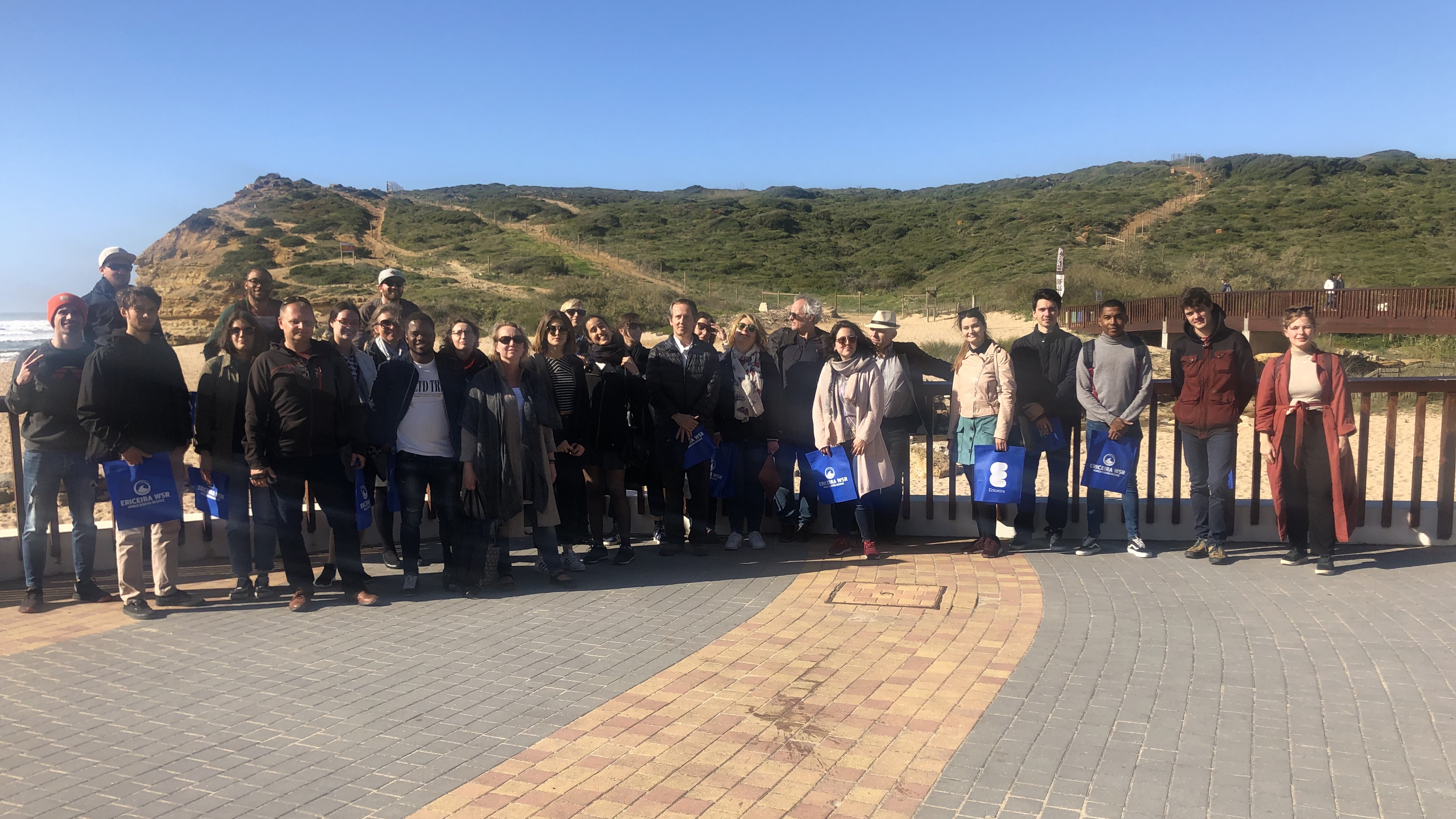Intercult are representing Sweden in the interdisciplinary project S. O. S. Climate Waterfront. The project aims to explore the impact of climate change affecting Europe’s waterfronts. Together, we will exchange transnational examples of best practices and discuss new approaches to tackle challenges connected with climate change.
Intercult are currently in Lisbon together with researchers, students and other experts for one month to explore the climate impact of 3 metropolitan areas.
Alcochete Marshland
Alcochete Marshland is located on the south bank of the Estuary of Lisbon and occupies an extensive surface surrounded by an unique fragile ecosystem that hosts nearly 280 species of birds. The central government has recently approved the construction of a new Airport for low-cost flights that will refurbish and adapt an ancient military airfield on the Alcochete Peninsula. The environmental impact and the social consequences of the nearness of such intensive air traffic to the wildlife habitats in Alcochete have not been sufficiently studied and discussed. The new infrastructure has an impact of housing development, property values and job opportunities. What are the challenges to be combined? How the negative impact can be mitigated?
Cascais Public Promenade
Along the rocky waterfront, a large public promenade was built for several kms in the early 20th century connecting a sequence several urban beaches and settlements located on the waterfront.
This promenade effectively constitutes a popular urban public space, the most popular, with a daily large attendance of people engaged in several leisure activities. Nevertheless, the rise of the sea level directly threatens the promenade, as the beach line recedes and sand vanishes each year with the increase strength of the storms. How the new design of the infrastructure may adapt to the new patterns brought by climate change and enhance the resilience of these public spaces, to prevent further damages?
Ribeira d’Ilhas World Surfing Reserve
Recently classified as the second World Surfing Reserve to be distinguished worldwide, this 4-km long waterfront area introduces a new approach to the territory. The classification of beach waves had a domino effect, introduced a new way of addressing the territory and boosted a prominent culture that attracts national and international attention. The economical development, environmental protection and community engagement has been successful. The growth of environmental protective initiatives have emerged thus enhancing a good balance between conservation and development. Ribeira’s success is based upon the protection of an imaterial event, the wave. To which extend this new approach represents an effective response to the challenges brought by climate change on the waterfront?
This month is the first step in our attempt to tackle some of the challenges with climate change. The project results will be shared on a separate platform as well as on Intercult’s website.
